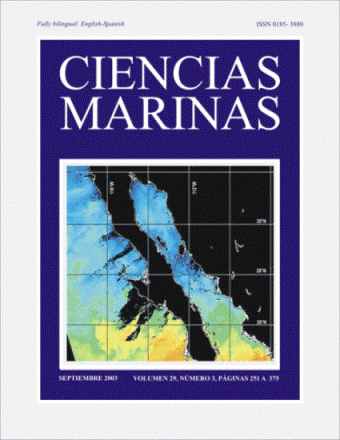Molting cycle and reproduction in the population of the shrimp Pleoticus muelleri (Crustacea, Penaeoidea) from Mar del Plata
Main Article Content
Abstract
The relationship between the molting cycle and gonadal maturation was investigated in the Pleoticus muelleri population from coastal waters of Mar del Plata, Argentina. The analysis of the molting activity revealed activity patterns that vary conspicuously with both the changes in shrimp reproductive status and the season. Males and females exhibited a molt synchronism and the intermolt lengthened during the reproductive season. Intermolt and early premolt females presented ripe ovaries, but in late premolt females, ovaries were in resorbed condition. The reproductive activity begins in spring and extends until autumn, with the maximum of impregnated females in summer. Ovarian development from immature to ripe was rapid in spring and summer, probably due to the increase in temperature and photophase. The potentiality of impregnation is independent of the size of females at least 6 g in weight. The large quantity of reserves and food needed for oocyte development was evidenced by the increment of the gonadosomatic index during maturation. Females showed higher hepatopancreatic indexes than males, which could be related to the high energetic requirement.
Downloads
Article Details
This is an open access article distributed under a Creative Commons Attribution 4.0 License, which allows you to share and adapt the work, as long as you give appropriate credit to the original author(s) and the source, provide a link to the Creative Commons license, and indicate if changes were made. Figures, tables and other elements in the article are included in the article’s CC BY 4.0 license, unless otherwise indicated. The journal title is protected by copyrights and not subject to this license. Full license deed can be viewed here.

